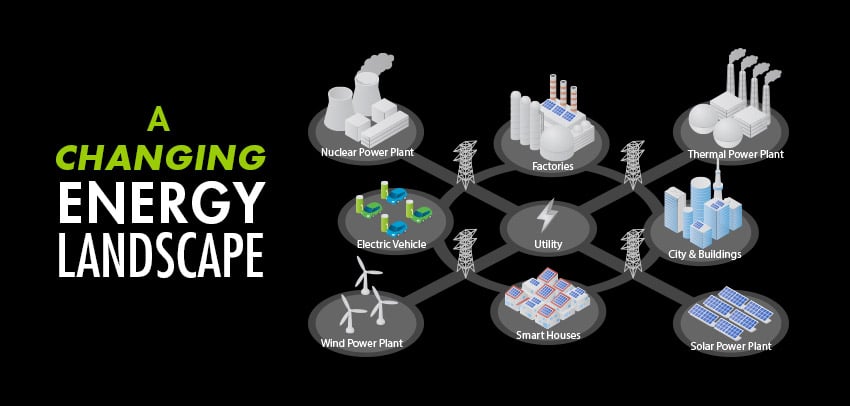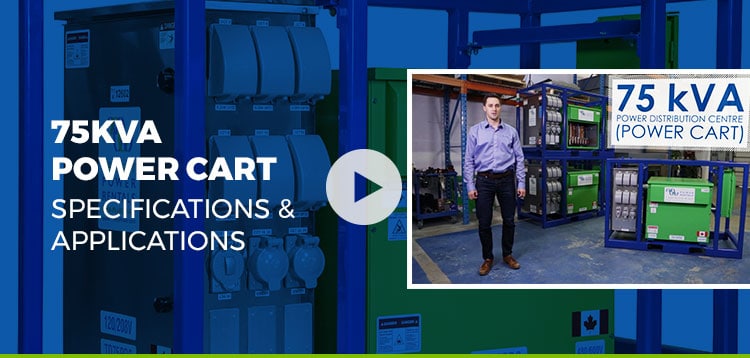- OUR APPROACH
-
COMMITTED TO YOUR SUCCESS
Our approach, developed over decades of experience, is fine-tuned to get the results you want.
We deliver concept-to-completion solutions, designed by temporary power specialists with access to the largest inventory of high-quality power generation and distribution equipment in North America.
-
- Equipment
-
RENTALS
From a wide range of diesel and natural gas generators to transformers, cable, light towers and more, our large rental fleet and extensive vendor network ensure we’ll have the temporary power equipment that your project requires — every time.

-
- Industries
-
INDUSTRIES WE SERVE
For nearly 20 years, we have been at work powering projects across Canada’s industrial sectors.
Select from this sampling of industries to learn how we can put our expertise to work for you.
VIEW ALL- Projects
- About
-
A PROUD HISTORY. A BRIGHT FUTURE.
From our inception in 1998, we have been building our team on a foundation of excellence. Our team members’ passion, expertise and commitment are what have allowed us to grow into a national company with projects across Canada.
Click on the links to learn more about our history, our team or our career opportunities.
- Blog
- Contact
-
We know Marconi and we know Edison. But we don’t know the man who superseded both Marconi and Edison as being the crucial link in modern electrical transmission.
To find out where we’ve come from we need to go back. Way back. To the beginning where electricity started to transform itself into a usable commodity.
Foregoing some of the insights of experimenters along the way we’ll actually settle on the late 1880s. Here is where things start to get interesting. Interesting because there is a divergence of belief about the technology. Thomas Edison, favouring Direct Current power, built his business using DC. However, DC power generation has limitations. It’s bulky. It isn’t very safe. It doesn’t transmit large amounts of power over great distances. His vision is for a power generating station seated within the cityscape at regular intervals in order to overcome these shortcomings.
In the midst of the challenge of convincing the consuming public (and potential investors) that his system is safe, along comes a Serbian immigrant with four cents in his pocket and a letter of recommendation. The letter lands Nikola Tesla a job. The job is more of a challenge. Edison will pay Tesla $50,000 to help him solve some of the problems of DC power – arcing. In short order, Tesla solved the issue and demanded his payment. Edison rescinded the offer, claiming it was a joke. Tesla immediately resigned.
But his exploits did not go unnoticed. A certain Mr. George Westinghouse recognized the potential where Edison did not. Edison didn’t fully understand AC power and didn’t wish to understand it. That disregard was another reason the two men couldn’t work together. Tesla’s work was just starting to comprehend the many possibilities of Alternating Current.
Westinghouse gave Tesla a job and purchased a complete system of patents from Tesla that included his ideas for: Generators, transformers , transmission lines, motors and lighting. Every modern understanding we possess today comes from Tesla’s ideas. Westinghouse also agreed to a royalty payment of $2.50 for every horsepower of electricity sold.
But Thomas Edison would not go down without a fight.
The showdown of the ‘War of the Currents’ took place at the World’s Fair in Chicago in 1893. Both Westinghouse and General Electric (financier JP Morgan had absorbed Edison into GE in 1892) were invited to submit bids to make the event as the first one that would be fully illuminated by electricity. The Westinghouse bid was successful: it was much cheaper than Edison’s DC system. Tesla’s higher voltage transmission meant less bulky cabling and therefore 50% less cost.
The 1893 World’s Fair was lit by 100,000 incandescent light bulbs powered by 12- 1,000 hp AC Generators. 27 million people attended and 80 percent of all electrical devices manufactured after that historic event were Alternating Current.
But winning the War of the Currents was just the beginning.
Resource: http://www.pbs.org/tesla/
Related Articles
Subscribe for access to exclusive content
"*" indicates required fields


















